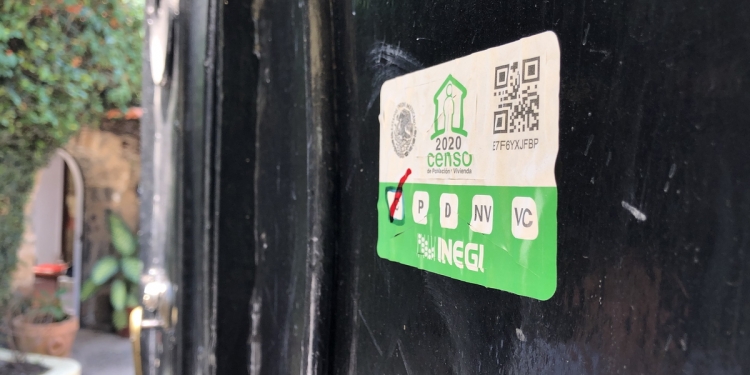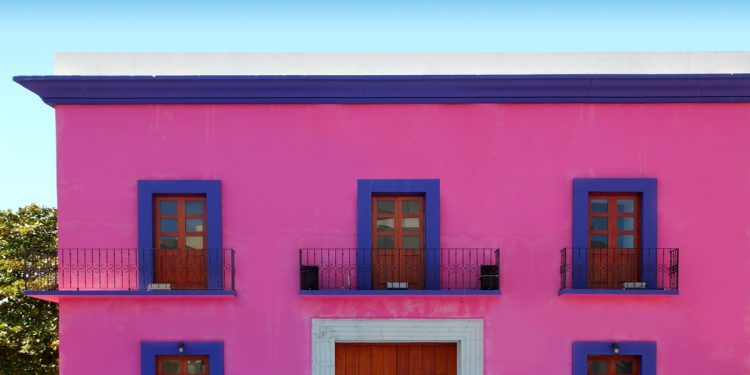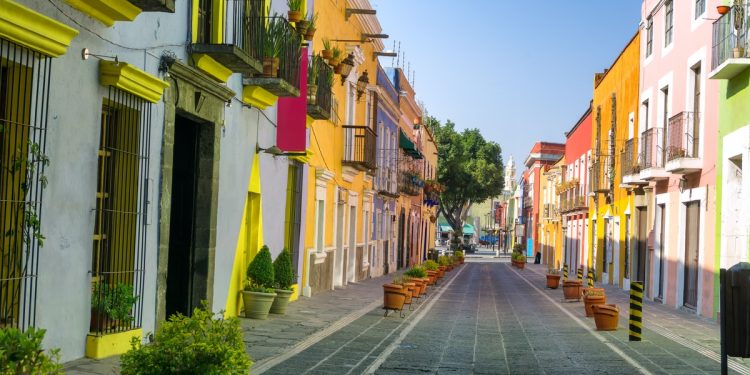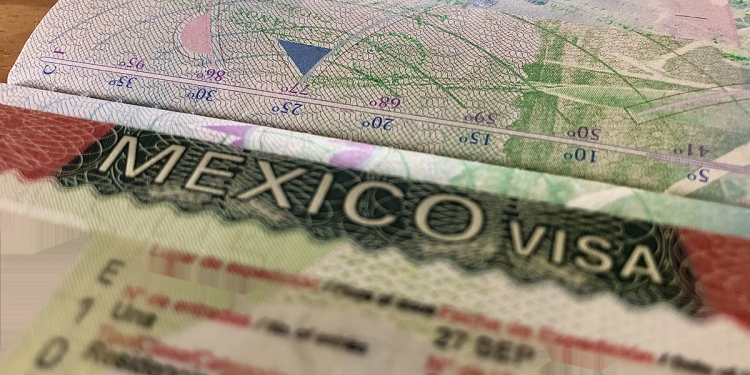On January 25th, 2021, Mexico’s statistics institute, INEGI, published the preliminary results of the 2020 national census, which was completed last year with some interruptions because of the Covid measures imposed in late March, April and May.
Population growth is declining, and aging slightly
The population was recorded at just over 126 million people, of whom 64.5 million were women and 61.5 million men—a split of 51.2% to 48.8%. The average annual population growth rate was 1.2% since the last census in 2010 when a population of 112.3 million people was recorded.
The overall annual population growth rate at 1.2% has been steadily declining since the 1960s, when it averaged 3.4%. The median age was 29 in 2020, up from 26 in 2010, and from 22 in 2000, so there could be some active debates about the relative advantages of a demographic bonus—or disadvantages of a dwindling one in this case.
Densely-populated urban areas
Mexico state, that includes some of the most densely populated suburbs of the Mexico City metropolitan area, is the most populous state with 17 million inhabitants, followed by Mexico City with 9.2 million.
Greater Mexico City, that includes parts of a number of surrounding states, is by far the country’s largest with 21.8 million people. That’s a useful number to keep handy, as chilangos (people from Mexico City, or who have lived there long enough to adopt its habits) and others like to throw out the first number above 20 million that comes into their head, smaller or larger depending on the point one is trying to make.
Mexico City is followed by Monterrey with slightly more than 5.3 million inhabitants, moving into second place ahead of Guadalajara, which has just under 5.3 million.
Fewer crowds in the Mexican provinces
For those seeking a less-densely populated area to live, the three Mexican states with fewer than a million people are Campeche (part of the Yucatán peninsula, on the Gulf coast), Colima (one of Mexico’s smallest states, on the Pacific coast), and Baja California Sur—home to Los Cabos, one of the most prestigious coastal resort areas that’s also popular with foreign residents.
For those seeking a less-crowded living environment to settle in Mexico, our articles about living in the Mexican countryside and matching your needs with your location share helpful insights about planning your move. Our detailed free eBook, Living & Retirement in Mexico contains an entire chapter about places to live, including places off-the-beaten path.
Provenance, language, and religion
Of the total population, 2.6 million are of African descent. The number of foreign-born residents in Mexico rose to 1.2 million last year from 961,000 in 2010, and nearly 800,000 of those are from the U.S. That is followed by people from Guatemala and Venezuela.
The number of people who speak an indigenous language rose to 7.4 million from 6.9 million a decade ago, although that was a smaller percentage of the overall population—6.1% compared with 6.6%. The illiteracy rate fell to 4.7% from 6.9% in 2010, and average years of schooling rose to 9.7 from 8.6.
The percentage of people who profess the Catholic faith was 77.7%, less than the 82.7% in 2010, while 11.2% said they were protestant or evangelical, 0.2% other religions (including Islam and Judaism), 2.5% said they were believers but don’t adhere to any particular faith and 8.1% said they have no religion.
Further insights from INEGI
A quick, graphical overview of the results (in Spanish) of the census can be found here and more detailed results here, and there is also a breakdown by state for those interested in more specific information on where they live.
Mexico in your inbox
Our free newsletter about Mexico brings you a monthly round-up of recently published stories and opportunities, as well as gems from our archives.







